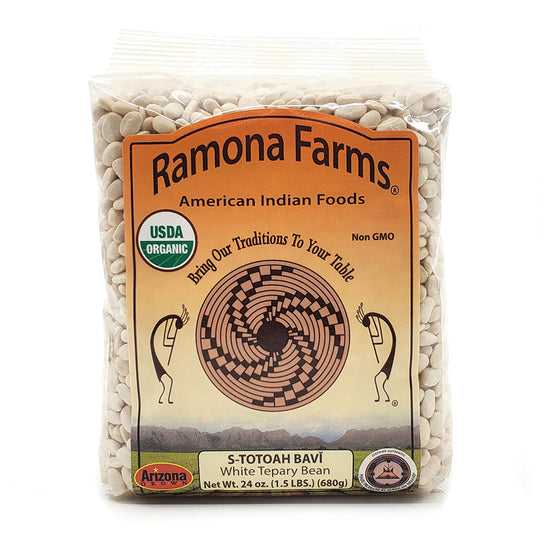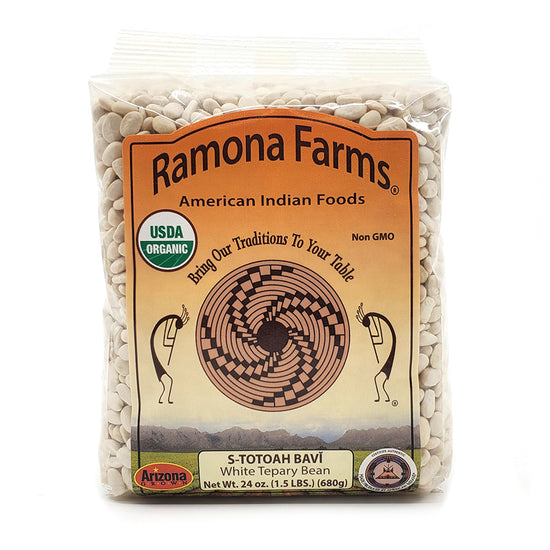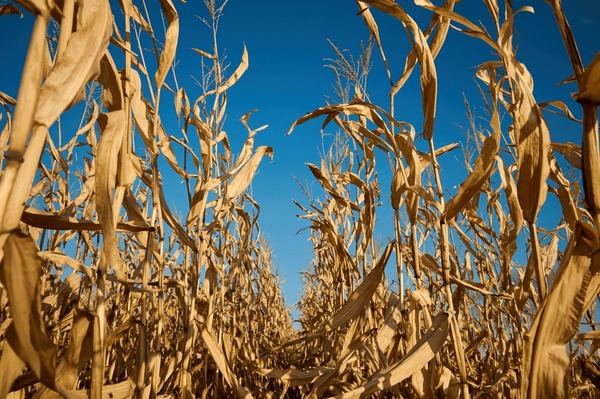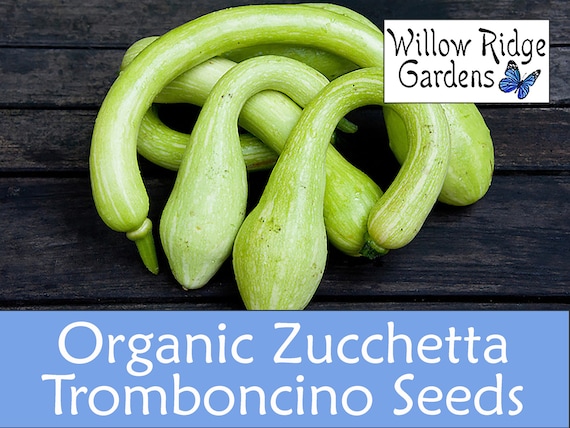
Arid Acres Abundance: Seed Saving Secrets of the Southwest
In a world grappling with increasing drought and unpredictable climate patterns, the simple act of saving seeds has become a powerful act of resilience. In the Southwestern United States, where water is a precious resource and the sun beats down relentlessly, seed saving takes on an even greater significance. It's a way to preserve genetic diversity, ensure food security, and honor the wisdom of generations who have thrived in these challenging landscapes. Join us as we delve into the secrets of Southwest Seed Saving, exploring how to cultivate Arid Climate Seed Saving techniques and unlock the potential of Drought-Tolerant Seeds.

A seasoned gardener harvests blue corn in the golden light, showcasing the bounty that can be achieved even in arid regions. The background adobe structure hints at the deep history of agriculture in the Southwest.
Southwestern Staples: Three Drought-Tolerant Heirlooms
The Southwest boasts a rich agricultural history, with many heirloom varieties uniquely adapted to its arid conditions. Let's explore three remarkable examples:
Tepary Beans (Phaseolus acutifolius): These small but mighty beans are native to the Southwest and are incredibly drought-tolerant. Unlike common beans, Teparies thrive in hot, dry conditions, requiring minimal water to produce a substantial yield. They come in various colors and patterns and have a slightly nutty flavor. Their cultural significance is deeply rooted in the traditions of Indigenous peoples who have relied on them for sustenance for centuries.
Blue Corn (Zea mays): A staple of Southwestern cuisine, Blue Corn is more than just a beautiful grain; it's a testament to the ingenuity of Indigenous farmers. Its deep blue color comes from anthocyanins, powerful antioxidants. It is adapted to grow in areas with limited rainfall and poor soil, exhibiting remarkable resilience. Blue Corn is used to make traditional dishes like tortillas, atole, and cornmeal.
Zucchino Rampicante (Cucurbita moschata): Also known as Tromboncino squash or Serpent of Albenga, this unique squash is a vining variety that produces long, slender fruits. While not strictly native to the Southwest, its adaptability to hot, dry climates makes it a valuable addition to arid gardens. It’s more drought-tolerant than typical zucchini and is less prone to squash vine borers, a common pest. Its nutty flavor and firm texture are delicious roasted, grilled, or used in soups and stews.
Honoring Indigenous Knowledge: The Role of Seed Banks
For generations, Indigenous communities have been the stewards of invaluable seed knowledge, preserving and adapting crops to the unique challenges of the Southwest. These traditional varieties represent a wealth of genetic diversity and cultural heritage. It's crucial to acknowledge and respect Indigenous seed sovereignty and the vital role Indigenous seed banks play in preserving these precious resources.
One organization at the forefront of this work is Native Seed SEARCH (https://www.nativeseeds.org/). This non-profit organization is dedicated to preserving and promoting the use of traditional Southwestern crops and seeds. They offer a wide variety of native and heirloom seeds, as well as educational resources and workshops. By supporting organizations like Native Seed SEARCH, we can help ensure that these vital resources are available for future generations.
Disclaimer: The author is not affiliated or sponsored by Native Seed SEARCH.
Building a DIY Seed Storage Container for Arid Climates
Proper seed storage is essential for maintaining seed viability, especially in the hot, dry climate of the Southwest. Here's a simple, DIY seed storage container you can build using readily available materials:
Materials:
- Two terracotta pots (one slightly smaller than the other, so it can nest inside)
- Terracotta lid (to fit the larger pot)
- Silica gel packets (desiccant)
- Cloth bags or paper envelopes for seeds
Instructions:
- Place the smaller terracotta pot inside the larger pot. This creates an air gap that helps insulate the seeds from temperature fluctuations.
- Fill the space between the two pots with silica gel packets. These packets will absorb moisture and help keep the seeds dry.
- Place your seeds in cloth bags or paper envelopes and store them inside the smaller pot.
- Cover the pot with the terracotta lid to create an airtight seal.

A visual guide illustrating the construction of a DIY seed storage container. The diagram emphasizes the layering of terracotta pots and desiccant to create a cool, dry environment for seed preservation.
Optimal Storage Conditions:
- Temperature: Ideally, store seeds in a cool, dark place with a temperature below 60°F (15°C).
- Humidity: Aim for a humidity level below 50%. The silica gel packets will help maintain low humidity.
Thriving in the Desert: Tips for Seed Saving Success
Saving seeds in an arid climate requires careful planning and attention to detail. Here are some actionable tips to help you succeed:
Water Conservation: Employ water-wise gardening techniques such as olla irrigation (burying unglazed clay pots filled with water near plants), mulching with organic materials (straw, wood chips), and selecting drought-tolerant varieties.
Monsoon Timing: Take advantage of the monsoon season (typically July-September) for planting. Time your planting so that your crops mature and set seed during the relatively cooler and wetter monsoon months. For example, saving seeds from Southwestern vegetables that are summer crops.
Pest and Disease Control: Protect your plants from pests and diseases using organic methods. Diatomaceous earth is effective against many crawling insects. Companion planting (e.g., planting marigolds near tomatoes) can also deter pests.
Proper Drying and Curing: Thoroughly dry and cure your seeds before storing them. Spread them out in a single layer in a well-ventilated area, away from direct sunlight. Seeds are dry enough when they snap easily when bent.

This image displays a variety of seeds carefully spread out for drying, emphasizing the importance of proper curing techniques to preserve seed viability for arid Southwest gardens. The diverse seed types represent the wealth of potential for Southwest seed viability.
Saving Tomato Seeds Southwest: Fermenting tomato seeds removes the gelatinous coating that inhibits germination. Scoop the seeds and pulp into a jar with some water, let it sit for a few days, stirring occasionally, until a white mold forms on top. Then, rinse the seeds thoroughly and dry them.
Saving Cucumber Seeds in the Desert: Allow cucumbers to overripen on the vine until they turn yellow or brown. Scoop out the seeds and pulp, ferment them as you would tomato seeds, and then dry them completely.
A Call to Action: Cultivating Community Resilience
Saving seeds is more than just a gardening practice; it's an act of community resilience and food security. By preserving Southwest Native Seeds and adapting them to our changing climate, we can ensure that future generations have access to nutritious, locally adapted food. Start small, experiment with different varieties, and share your knowledge with others. Together, we can cultivate a more resilient and abundant Southwest. Take time to explore what it means to begin Seed Starting After Saving Southwest Seeds.